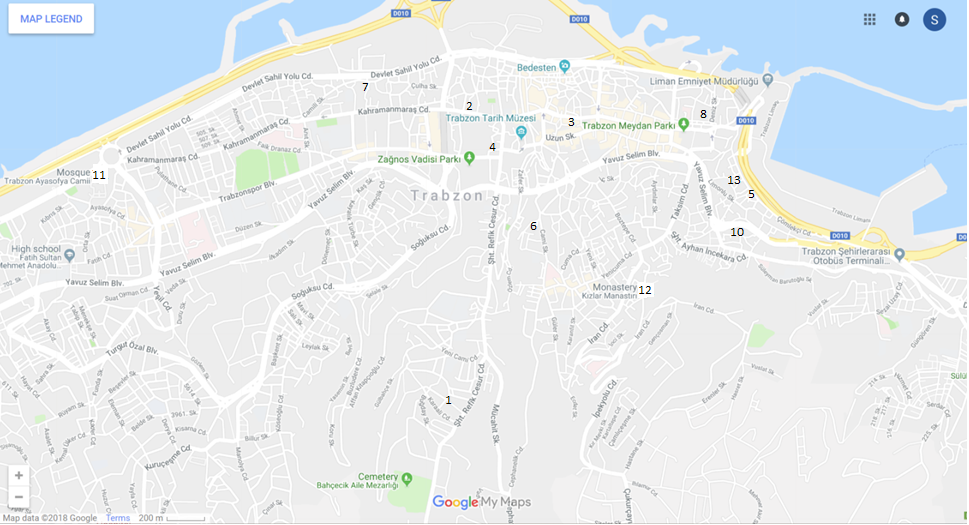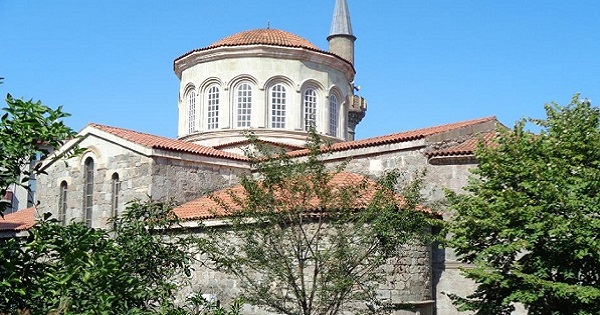
St Eugenios church (2018).
Sam Topalidis (Pontic historian) 2018
Introduction
Trabzon is a town with over 300,000 people in northeast Turkey on the Black Sea coast (Figure 1). It was settled by Greeks by the 7th century BC in an area occupied by indigenous people (Tsetskhladze 1994). From around 64 BC it became part of the Roman Empire and then, until 1204, the Byzantine Empire whose capital was Constantinople. In 1204, Trebizond (modern Trabzon) became the capital of the small Greek-speaking empire founded by members of the Komnenos family in the aftermath of the Fourth Crusade. In 1461 it was the last territory of the former Byzantine Empire to fall to the Ottoman Turks. The classical town of Trebizond was protected by ravines and walls on its eastern and western sides and on the northern side by a cliff overlooking a foreshore. Historically, Trabzon was a strategic and commercially important easterly port through which European shipping could once reach a major overland route over the Pontic Alps into central Asia (Bryer 2006; Bryer and Winfield 1985).
The small Komnenos Byzantine Empire consisted of a strip of land along the southern shore of the Black Sea protected from central Anatolia by the Pontic Mountains. Its wealth and influence far outstripped its size and population. The transit trade via land and sea was very profitable due to the collected taxes on goods entering and leaving the town. The Komnenos Emperors of Trebizond were Greek by language, Byzantine by culture and tradition and Orthodox Christian by faith (Nicol 1996).
This work briefly describes the history of most of the former Orthodox churches still standing in the town of Trabzon and their current condition. It is so important that historic monuments in Trabzon are restored and maintained for the benefit of future generations.
Main Churches Still Standing
Introduction
There were Christians in Trebizond before the 3rd century AD. The earliest evidence of a bishop or a prelate of Trebizond is 253–54. Byzantine Trebizond was well served with churches (Bryer and Winfield 1985). In the early 1920s, under the Population Exchange between Greece and Turkey, Christian Greeks were expelled from Anatolia (Note 1) and their Orthodox churches, like in Trabzon, were abandoned. It was reported in 1952 that Christian churches in Trabzon and other parts of the province had been either pulled down or were being used as storage depots by the army and local traders (Harris 2005). By 1973, in Trabzon, only 10 churches survived intact, four as mosques, St Sophia as a museum and 12 in a ruinous condition (Bryer and Winfield 1985).
As at October 2018, the Catholic Santa Maria church was the only operating Christian church in Trabzon. There is at least one old former Catholic church and at least six old former Greek Orthodox churches which have been converted into mosques. Other old Orthodox churches still standing include; St Anne, which is open to the public, St John Exoteichos which is used as a multi-purpose hall and the former church (name unknown) in the Çömlekçi district which is used as a government office. The renovated Panayia Theoskepastos monastery on Boz Tepe (Grey Hill) will hopefully be open very soon to the public. The abandoned St Sabbas cave church on the slopes of Boz Tepe was not investigated. (In addition, the church of St Michael, 14 kilometres away in Akçaabat is closed and will hopefully commence renovation soon.)
There may be other former churches in the town of Trabzon which are now used as other buildings. They would be very difficult to identify.
Figure 1: Map of the centre of Trabzon with its main churches and former churches still standing (Google maps 2018)
Legend for churches: 1 St Akindynos 2 St Andreas 3 St Anne 4 Panayia Chrysokephalos 5 St Eleutherios? 6 St Eugenius 7 St John Exoteichos 8 Santa Maria 9 St Michael (14km west of this map of Trabzon) 10 St Philip 11 St Sophia 12 Panayia Theoskepastos monastery 13 Former church (name unknown)
Former St Akindynos church—now the Küçük Fatih mosque
The St Akindynos Orthodox church was converted sometime after 1461 to the Küçük Fatih mosque (when Byzantine Trebizond fell to the Ottoman Turks) (Figures 2 & 3). It is located at relatively high elevation in the Bahçecik district (number 1 in Figure 1). It was a barrel-vaulted, single-apsed basilica (Note 2) with a north porch. The three periods of building (excluding the Moslem work) are evident: a simple nave (probably no later than the 12th century); a high pentagonal apse replacing an earlier apse and a triple-arched north porch (both which can be dated at the time of the Komnenos Empire of Trebizond) and signs of what may be a lost west porch. The cornice of local grey stone which runs right around the whole church is a Moslem repair, and both windows in the south wall of the nave are of the Moslem period. The exterior is faced with rectangular blocks of the same yellow stone with which St Sophia was faced (probably from the Unye quarry to the west on the Black Sea). The stones on the north side have turned grey due to weathering (Winfield and Wainwright 1962; Bryer and Winfield 1985).
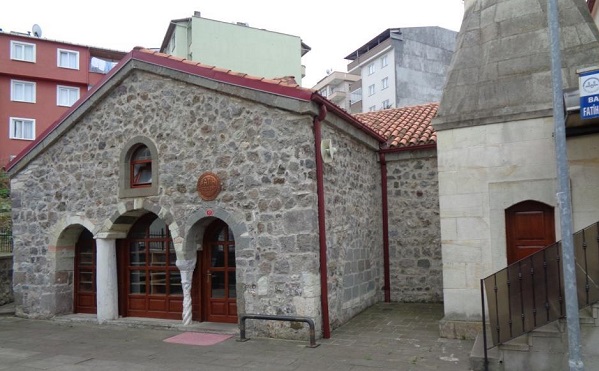
Figure 2: Porch to former St Akindynos church—now Fatih Küçük mosque, 2018
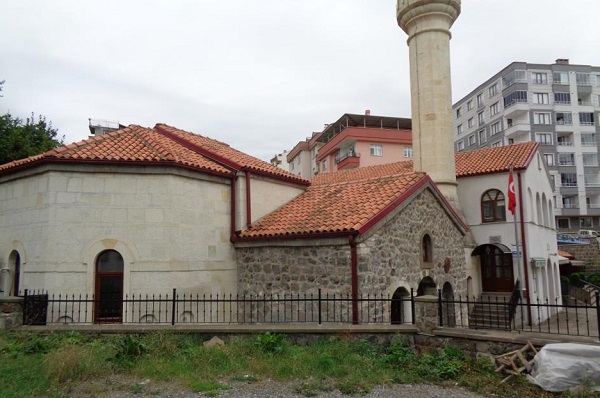
Figure 3: Former St Akindynos church—now Fatih Küçük mosque, 2018
Former St Andreas church—now the Molla Siyah mosque
This former church is located on the west side of the western ravine in the Ortahisar Pazarkapı district (number 2 in Figure 1). The church was originally built in the 10th or 11th century. It was probably abandoned after 1461. It was a triple-aisled structure to which a north porch was added (Bryer and Winfield 1985). The church was converted into a mosque before 1557 (Çalik et al. 2017). In 1929 the building was deserted after the Greeks were expelled in 1923 (under the Population Exchange between Greece and Turkey) (Figure 4a) (Talbot Rice 1929–30). In 1958 it was still abandoned and was a very dirty ruin (Ballance 1960). Sometime before 1979 it was restored (Sinclair 1989).
In 2015, the mosque now called the Molla Siyah mosque, was restored and strengthened significantly. This included refurbishing the rotten wooden floor and the windows. The process of refurbishment showed that the building had been renovated in the past (Çalik et al. 2017). In September 2018, the exterior of the mosque was in very good condition (Figure 4b) and it was located in the middle of a very large construction site of rubble.
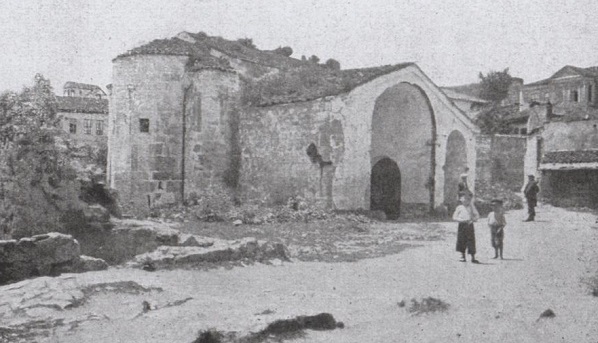
Figure 4a: St Andreas church from the northeast (Talbot Rice 1929–30, plate 13)
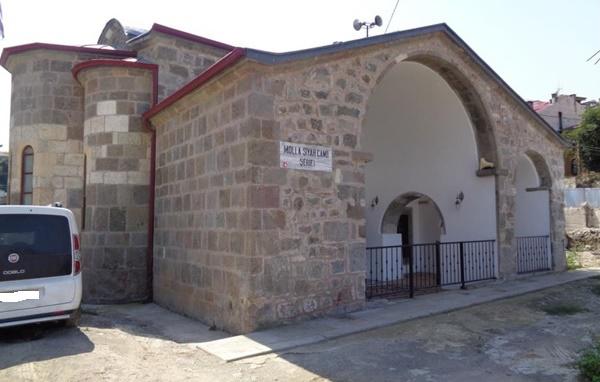
Figure 4b: Former St Andreas church from the northeast—now Molla Siyah mosque, 2018
St Anne church
Located off Meraş Caddesi (Street) in the eastern suburbs (number 3 in Figure 1), St Anne is the oldest surviving church in Trabzon. It was restored in 884–85 and was an important mortuary chapel in the late 14th and early 15th century. It is unknown when it was originally constructed. It remained in Greek hands until 1923 [when the Greeks were forced to leave under the Population Exchange]. After the Greeks left it was used as a residence and sadly the fires lit inside the church blackened the frescoes on the walls (Talbot Rice 1929–30). It is a small triple-apsed barrel-vaulted basilica (Figure 5). The interior of the church was entirely painted, notably with scenes from the Joachim and Anne cycle [Joachim and Anne were believed to be Mary’s parents and thus grandparents of Jesus] (Bryer and Winfield 1985).
When I visited the St Anne church in 2018 it was open to tourists. To my surprise it still had traces of frescoes inside (Figures 6 & 7). I am unaware of the age of these frescoes. The interior walls are covered in soot which must be covering (if they haven’t destroyed) nearly all the existing wall paintings. When entering this church you are in awe that this over 1,100 year old building is still standing. Figures 8a & 8b compare the appearance of the exterior of the church over the past 125 years.
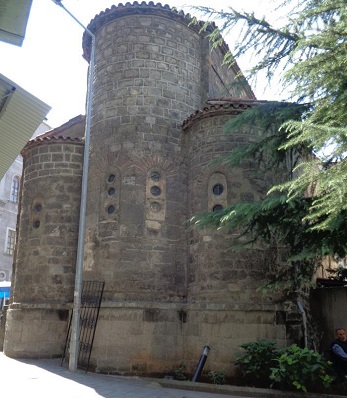
Figure 5: St Anne church (east end), 2018
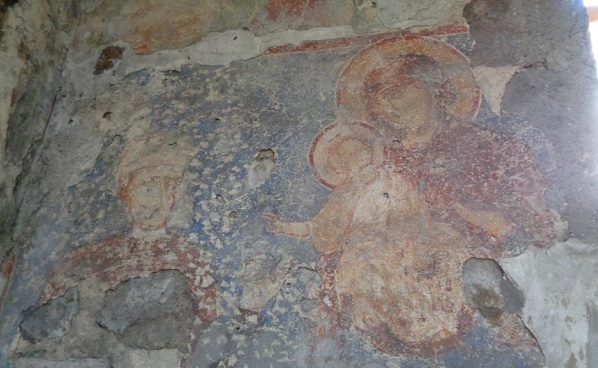
Figure 6: Wall painting (north side) Virgin and child, St Anne church, 2018 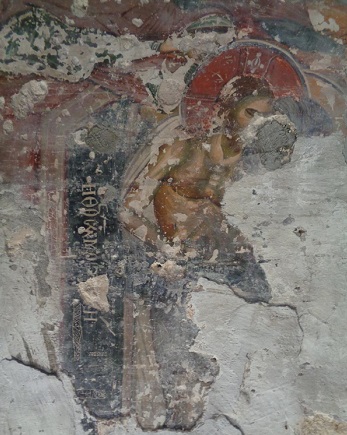
Figure 7: Wall painting (south side) St Anne church, 2018
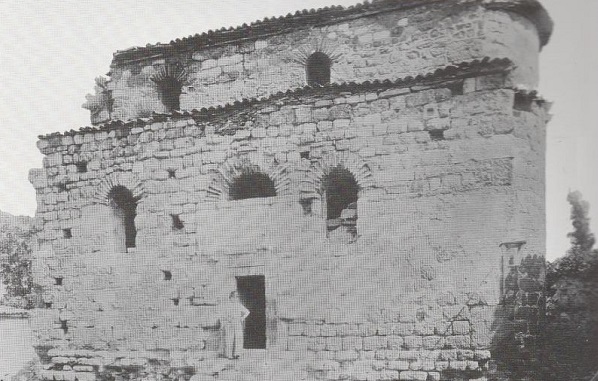
Figure 8a: St Anne church from the south, around 1893 (Bryer and Winfield 1985, plate 164)
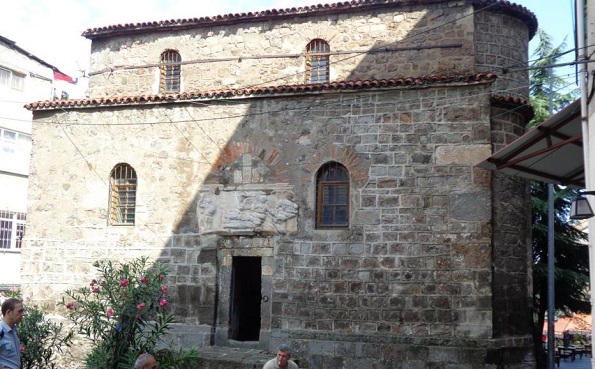
Figure 8b: St Anne church from the south, 2018
Former Panayia Chrysokephalos (Golden-Headed) church—now the Fatih mosque
This former church stands in the middle of the old classical town between the Byzantine walls (number 4 in Figure 1) currently the Ortahisar district and was the most important church in the so-called Empire of Trebizond. Originally it was surrounded by monastic buildings and possibly the episcopal palace, later replaced by shops and booths which were cleared away by the occupying Russian army in World War I. Panayia Chrysokephalos was the metropolitan church of the Komnenos rulers of the Empire of Trebizond, where coronations took place and burials. It was the church of one of the richest monasteries of the empire. It has undergone a number of structural alterations. Its epithet, ‘Golden-Headed’ is probably derived from a golden icon of the Theotokos (Mary, mother of Jesus) in the church. A proposed dating scheme for the Chrysokephalos includes:
- a 10th, 11th and 12th century church
- an imperial basilica, barrel vaulted, single apse and narthex probably built between 1214 and 1235
- a major reconstruction involving the raising of the vault and the insertion of crossing and dome built between 1340 and 1351
- enlargement of the imperial private box (where the emperor attended services), addition of porches and of the southern apse after the 1340s (Bryer and Winfield 1985).
In 1461 it became the principal mosque of Trabzon (Lowry 2009).
The most recent renovations of the Fatih mosque commenced in 2015 but by September 2018 they were not completed. Part of the renovations involved removing the external paint and cleaning the stone work (Figures 9a & 9b). Its renovated exterior of different stone types looks in very good order. It appears that new windows have been installed. The entrance porch has impressive new wooden doors (Figure 10). There was a very impressive mosaic found on its floor which will be preserved under glass and is planned to be exhibited in the future to tourists (www.dailysabah.com/history/2017/11/27/mosaics-on-mosque-floor-revealed Published 27 November 2017 in Daily Sabah Newspaper). I am unaware of the status of any other interior renovations.

Figure 9a: Former Panayia Chrysokephalos church—now Fatih mosque (Kokkas 2005, p. 130)
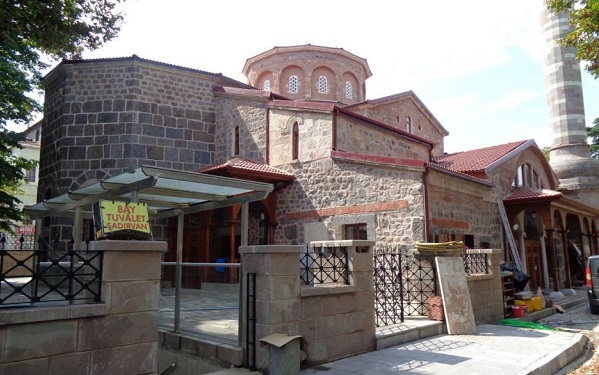
Figure 9b: Former Panayia Chrysokephalos church—now Fatih mosque, 2018
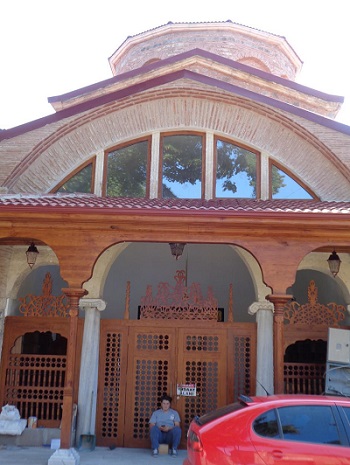
Figure 10: North porch to the former Panayia Chrysokephalos church, 2018
Former St Eleutherios church(?)—now the Hüsnü Köktuğ mosque
There is some confusion about the information on this mosque which Yϋcel (1988) believes to have originally been the Elefterios [Eleutherios] church. He states the church was built in the 15th century by the Genoese in the current Çömleçi district (number 5 in Figure 1) and was used as a church up to 1923 when it was abandoned and later it was used as a warehouse. In 1953 it was converted into the Hüsnü Köktuğ mosque (Figure 11). When I visited the mosque in 2018 it gave no impression from its exterior that it was once a church. I did not enter the mosque.
However, Bryer and Winfield (1985) state the Eleutherios church was located closer to the harbour at Daphnous (and not on this site) and that the church was cleared away in 1961 with the building of the tunnel below Leontokastron [originally the Genoese fortification].
The Hüsnü Köktuğ ‘may’ have originally been a church but its real name is probably lost. There appears to be no record in the detailed work of Bryer and Winfield (1985) of any churches at this site. Obviously more work on the ground is needed!
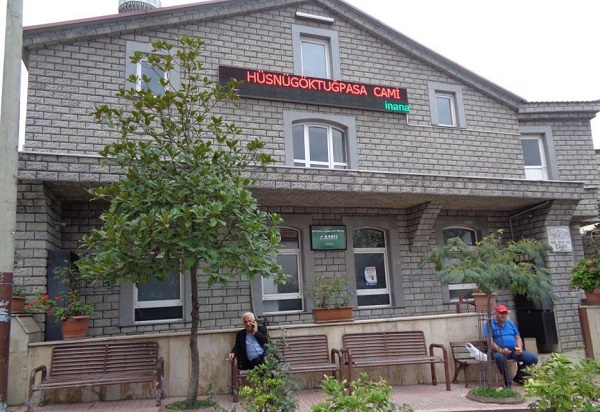
Figure 11: Possible former St Eleutherios church—now Hüsnü Köktuğ mosque, 2018
Former St Eugenios church—now the Yeni Cuma mosque
Alexios I Komnenos (1204–22) had the St Eugenios church built at the place where St Eugenios was buried (Yücel 1988). St Eugenios and his martyrs were believed to have been put to death under Roman Emperor Diocletian (285–305) after overthrowing the statue of Mithras on Mt Minthrion (Boz Tepe) at Trebizond. The church was located nearly 200 metres east of the Citadel of Trebizond (at the highest point of the classical town), overlooking the eastern ravine (number 6 in Figure 1). It was either fire damaged or burnt down in 1340 and subsequently repaired or rebuilt (Bryer and Winfield 1985).
It was converted into the Yeni Cuma (New Friday) mosque (Figures 12 & 13) around 1500 (Lowry 2009). In 2018 the inside of the mosque exhibited no wall paintings and the white painted walls made the interior look plain.
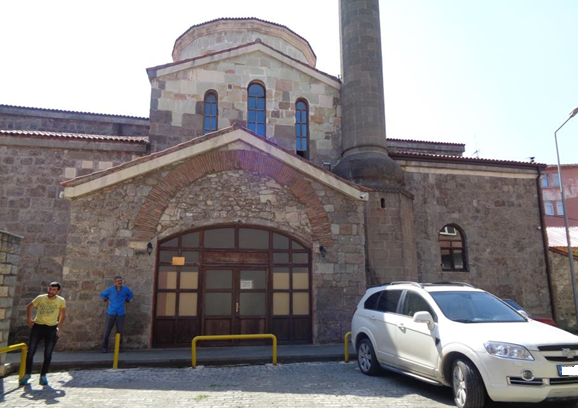
Figure 12: Main entrance to the former St Eugenios church—now Yeni Cuma mosque, 2018
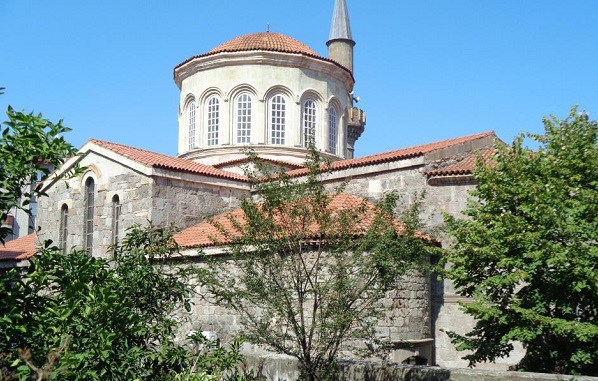
Figure 13: Former St Eugenios church—now Yeni Cuma mosque, 2018
St John Exoteichos (Outside the Wall) church
The former St John Exoteichos church is located just west of the classical town, outside the wall (number 7 in Figure 1). The church was built in 1306 but was entirely rebuilt in 1856 (Bryer and Winfield 1985). [I presume it stopped being used as a church by 1923.] In 1966 its interior was being used as a store (Sinclair 1989). It was repaired in 1998 and is currently being used as a multi-purpose hall (www.trabzonkulturturizm.gov.tr/TR,57682/st-john-kilisesi.html viewed October 2018). The church is located next to the Kaledibi Elementary school in the Hizirbey district and its exterior is in very good condition (Figure 14).
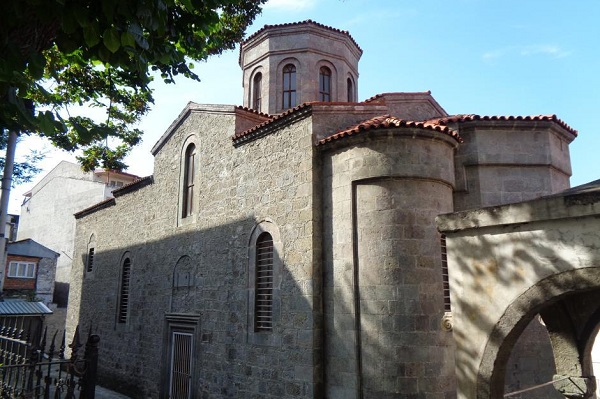
Figure 14: St John Exoteichos church, 2018
Santa Maria church
The Santa Maria Roman Catholic church is situated near the Meydan Park (number 8 in Figure 1) and is surrounded by a high wall (Figure 15). Approval was granted the Franciscan Capuchins who were expelled from Tbilisi in Georgia to build this church and it was inaugurated in 1874 (Bryer and Winfield 1985). It was an operating Christian church until it closed in 2006 after its Catholic priest, Andrea Santoro, was tragically shot dead inside the church. In October 2018, the church received a full-time Catholic priest and is (once again) the only operating Christian church in Trabzon with a loyal but small congregation.
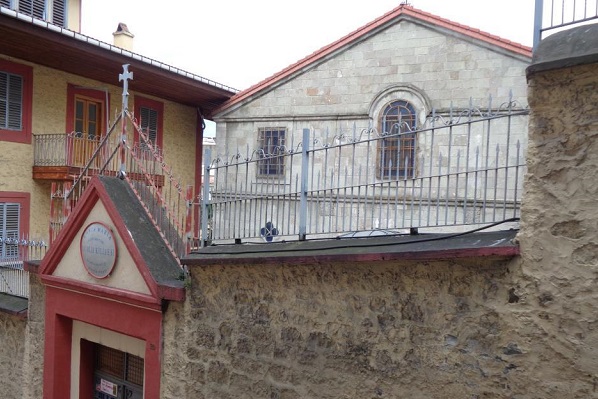
Figure 15: Santa Maria Catholic church, 2018
St Michael church
The St Michael church (Figure 16) is located up a steep hill in Ortamahalle, Akçaabat (pronounced Akchaabat) 14 kilometres west of Trabzon. (The church which is not in Trabzon was investigated because of its fame.) The church is likely to have been built in the 13th–14th century and was restored and extended in 1846. The present dome and drum [a circular or polygonal wall supporting a dome] were entirely restored like the originals. The floor had black, white, green and terracotta natural stone which was probably a copy of the church’s original floor (Ballance 1960; Ballance et al. 1966–67). This floor has now been removed from the church and there seems to be no sign of wall-paintings in this closed church (Figure 17).
In 1836, when Hamilton visited the church, the priest was summoning his congregation by striking a piece of wood suspended from a tree [called a semantron], as Greeks were not allowed the use of bells [at this time] (Hamilton 1842). In 1916, during the Russian occupation, the church underwent some cleaning by Russian researchers (Mintslov 1923). I presume the church was abandoned in 1923 when the Christian Greeks were forced out of Anatolia as part of the Population Exchange (Note 3).
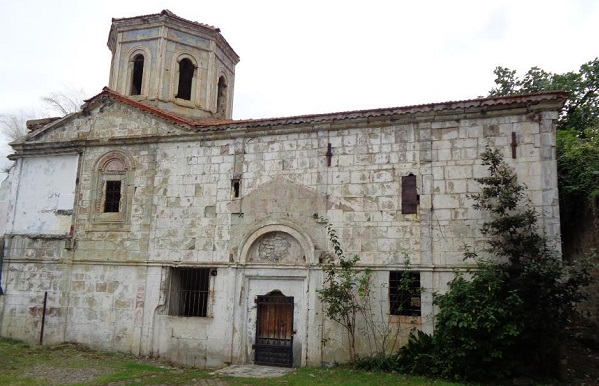
Figure 16: St Michael church, Akçaabat, 2018
Talbot Rice visited the church in 1929 and stated it was in very poor repair and appeared to be abandoned (Talbot Rice 1929–30).
The exterior of this church is different from others in the region. It is built of a light-coloured stone with various shades of pinkish-brown, green and yellow, which is unlike the dark grey or brown local stone. It was built by local masons and the stone must have been brought from a distant quarry. In 1958 it was used as a residence (Ballance 1960). Yϋcel (1988) states that until recently it was still a residence. Then it was deserted.
In 2018 it was closed. The Mayor of Akçaabat has agreed to award a contract soon for the restoration of the church (www.akcaabathaber.com/700-yillik-st-michael-kilisesi-restore-edilecek-14853h.htm, published 9 September 2018.) It is hoped that the restoration starts soon and it is faithful to the original design.
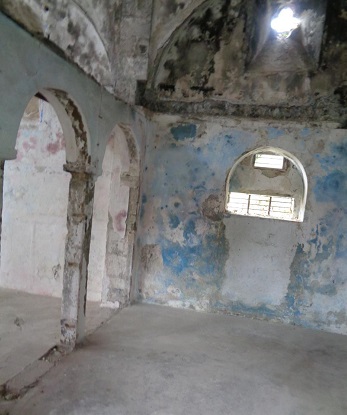
Figure 17: Inside St Michael church, Akçaabat, 2018
Former St Philip church—now the Kudrettin mosque
The St Philip church was located near the harbour area (number 10 in Figure 1) now called the Esentepe district. The church is believed to have been built before 1302 in three stages. In 1461, the church became the second cathedral of Trabzon (after the Panayia Chrysokephalos church was converted to a mosque in the same year). In about 1665 it was converted into the Kudrettin mosque (Bryer and Winfield 1985).
In 1461, when the church became the cathedral, the large western arm was added (Ballance 1960). The mosque was rebuilt in 1968–69 (Yücel 1988). Figure 18a displays the exterior of the mosque in 1929 while Figure 18b displays the mosque in 2018 from a different angle.

Figure 18a: Former St Philip church—now the Kudrettin mosque (from the southwest) 1929 (Talbot Rice 1929–30, plate 8) 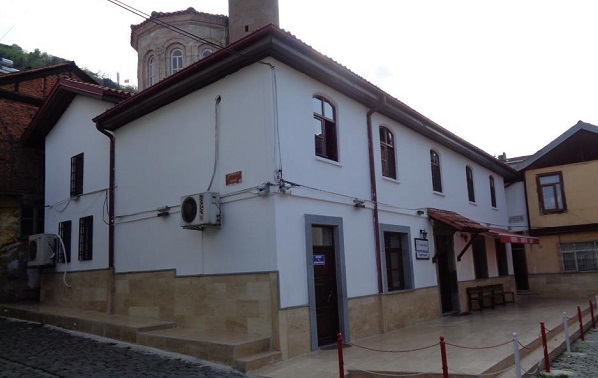
Figure 18b: Former St Philip church—now the Kudrettin mosque, 2018
Former St Sophia church—now Ayasofya mosque
The former St Sophia church is situated on a bluff nearly two kilometres west of the classical walled town just south of the seashore (number 11 in Figure 1). The church was originally part of a monastery which consisted of the main church (Figure 19) with three apses and three porches, a smaller church standing north of the main church, a tower standing west of the main church and remains of monastic buildings within a walled enclosure of about 50 by 90 metres. Only the main church and tower remain. The main church was founded by Manuel I Komnenos (1238–63) or his immediate successors. The belltower was built in 1426 (Bryer and Winfield 1985).
The church was converted into a mosque in 1572, or slightly later. But by 1610, the mosque was closed and allowed to fall into disrepair (Lowry 2009). In 1836 it was still in a sad state of decay (Hamilton 1842). By 1879, it was used for military purposes and was full of stores. Lynch (1901) visited the church in 1893 and noted that the interior frescoes had been covered with whitewash. During World War I it was used as a depot and military hospital (Yücel 1988). In 1964, after years of cleaning and restoration work by the Russell Trust, under field direction of David Winfield, it became a museum (Bryer and Winfield 1985).
In 2013, the Ayasofya museum was converted, despite some protest, to a mosque. In order to be used as a mosque, frescoes on the ceiling and walls have been hidden from view from the faithful by white screens
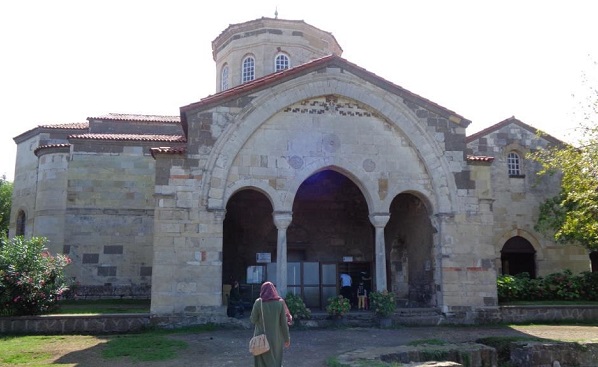
Figure 19: Former St Sophia church, north porch—now the Ayasofya mosque, 2018
(Figure 20). Carpets cover the tiled floor. The restored wall paintings on the western entrance by David Winfield and his team, as seen in 2018, are still spectacular (Figure 21).
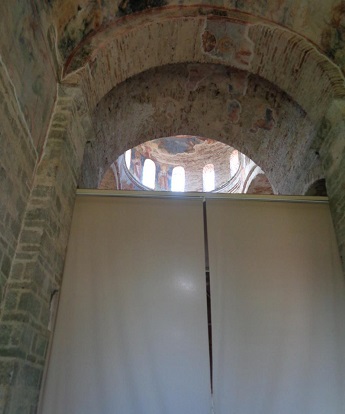
Figure 20: Inside former St Sophia church—now Ayasofya mosque, with screens to hide wall paintings, 2018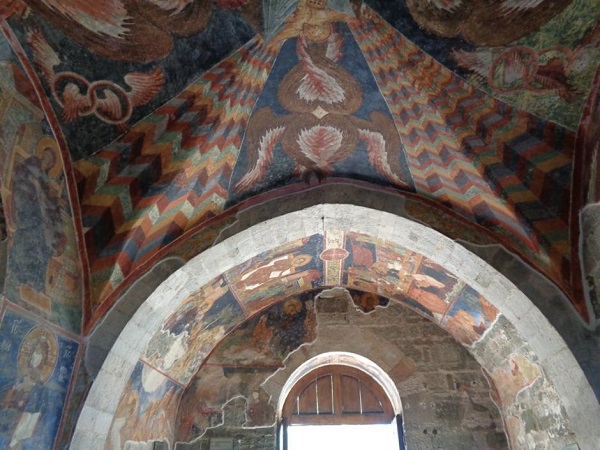
Figure 21: Looking out the west entrance of the former St Sophia church—now Ayasofya mosque, 2018
Former Panayia Theoskepastos (God Protected) monastery
This former monastery is located on the slopes of Boz Tepe, overlooking the harbour (number 12 in Figure 1). It was founded or endowed in the 1340s during the reign of Alexios III Komnenos (1349–90). The former nunnery of Panayia Theoskepastos is enclosed by a rectangular wall, and comprises a small 19th century side-chapel adjoining the cave church, a 19th century church of St Constantine above the cave church, a large two-storied hall (Figure 22) and the cave church (with a holy spring) of Theoskepastos itself. The Theoskepastos was the only known nunnery in the Trapezuntine Komnenos Empire and remained open until 1922 when it was abandoned (Bryer and Winfield 1985). By 2003 it was left in a run-down state.
Restoration of the former monastery began in 2014, but in September 2018 it was still closed to the public (Figure 23). The restoration is expected to include the historical rock church and the rare wall paintings. It is hoped that these wall paintings have been preserved. It is expected that the opening of the renovated former monastery will bring an increase in tourism to the town.
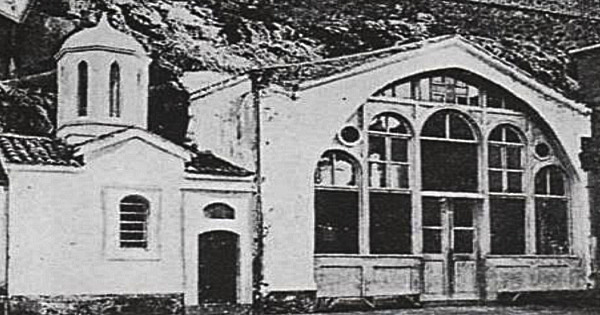
Figure 22: Part of the renovated former Panayia Theoskepastos monastery, looking up Boz Tepe, 2018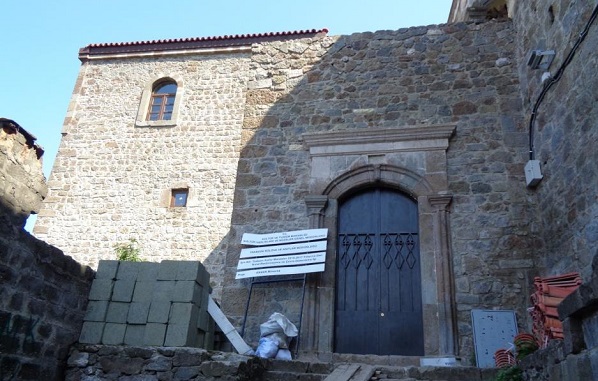
Figure 23: Closed entrance of the renovated former Panayia Theoskepastos monastery, 2018
Former Church (name unknown)—now the Çömlekçi Mahalle Muhtarligi building
This building appears to be a former church (Figures 24 & 25), the name of which is unknown. The east end(?) is hidden from the road (Figure 25). It is now the government office of the elected leader of the Çömlekçi district in Trabzon. The building is located near the Hüsnü Köktuğ mosque (see numbers 5 & 13 in Figure 1). Inside the building is a painting on the ceiling, most probably of Christian origin, which is covered by a wooden lattice (see poorly focused Figure 26).
Interestingly, the inside of this former church (Figure 27a) is very similar to the design of another church which used to be located to the west on Maras Caddesi (Street) called church ‘E’ (whose name was also unknown) (Figure 27b) and described in Ballance et al. (1966–67). Church E has been destroyed (Bryer and Winfield 1985).
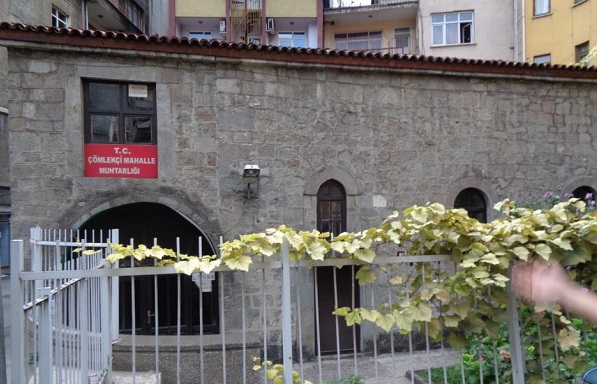
Figure 24: Entrance to the former church (name unknown)—now Çömlekçi Mahalle Muhtarligi building, 2018
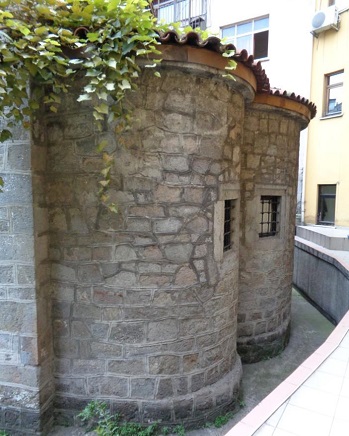
Figure 25: The former church—now Çömlekçi Mahalle Muhtarligi building, 2018
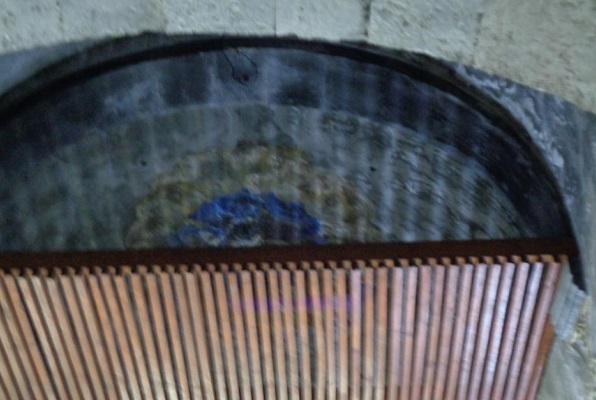
Figure 26: Ceiling with a religious painting in the former church—now Çömlekçi Mahalle Muhtarligi building 2018
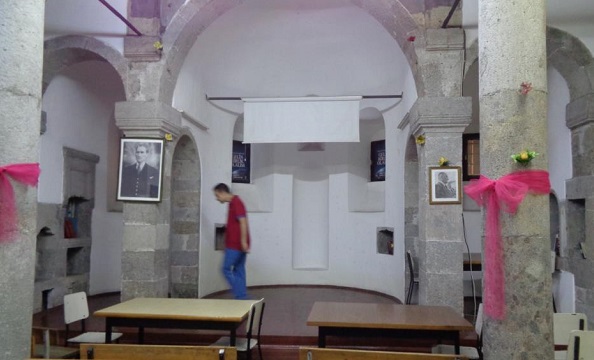
Figure 27a: Inside the former church—now Çömlekçi Mahalle Muhtarligi building, 2018 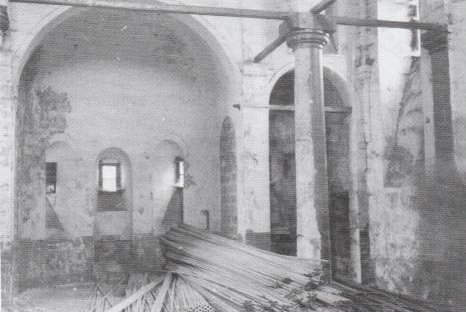
Figure 27b: Inside church E, Trabzon (Ballance et. al 1966–67 p. 236)
Conclusion
The maintenance of Trabzon’s historic buildings, with their aesthetic beauty, such as former Orthodox churches, is important for the benefit of future generations. These maintained buildings will also bring much needed tourist revenue to the town. I was amazed by the plethora of historic buildings in Trabzon, some of which are houses which seem to have been originally owned by Greeks or Armenians, which are now in a very poor state. As many of these historic buildings should be restored before they are destroyed.
Notes
Note 1
In January 1923, Greece and Turkey signed the Lausanne Convention concerning the Population Exchange between Greece and Turkey. This convention stipulated the compulsory exchange of Turkish nationals of the Greek Orthodox religion in Turkish territory and the Greek nationals of the Moslem religion in Greek territory. The Greeks in Constantinople and the Muslims in Western Thrace were exempt from this exchange. The exclusion of the Orthodox inhabitants of the islands of Imbros and Tenedos was specified later in the wider Treaty of Lausanne signed in July 1923 (Hirschon 2008).
Note 2
Barrel-vaulted in this context refers to a church ceiling consisting of a series of semi-cylindrical arches (Encyclopaedia Britannica 2012).
An apse in a church refers to a semicircular or polygonal recess often at the eastern end of a basilica (Encyclopaedia Britannica 2012).
Note 3
As my father’s parents were from Akçaabat (Platana) the St Michael church was possibly their local church. My father and his parents left Pontos in early 1918.
The Author
The author is an Australian citizen with Pontic Greek ancestry which he can trace back to his great grandparents. His parent’s families left Trabzon in early 1918 with the evacuating Russian army in World War I and then in 1939 both families and their many relatives left Georgia for Greece. In 1953, the author’s parents migrated to Australia. He has been studying and writing articles specifically in English on Pontic history and culture since 2000. He visited the Trabzon region in 2003 and in September 2018.
Acknowledgements
The author acknowledges the monumental work of the late ‘Megas’ Professor Anthony Bryer OBE on his beloved Trabzon. Bryer loved Pontic monuments and everything else Pontic! Thanks to the guidance provided by Ibrahim Topaloğlu in September 2018 to locate the monuments described in this paper and to the friendly locals who allowed access into some of the historic buildings. Finally, the article has benefitted from comments made to an earlier draft by Michael Bennett, Dr İsmail Köse, Dr Ruth Macrides and Russell McCaskie.
References
Ballance, S 1960, ‘The Byzantine churches of Trebizond’, Anatolian Studies, vol. x, pp. 141–75.
Ballance, S Bryer A & Winfield D 1966–67, ‘Nineteenth-century monuments in the city and vilayet of Trebizond: architectural and historical notes’: part 1, Archeion Pontou, vol. 28, pp. 233–305.
Bryer, A. 2006, ‘Trebizond’, Encyclopedia of Ancient Greece, pp. 715–16, Routledge, New York.
Bryer, A and Winfield D 1985, The Byzantine monuments and topography of the Pontos, vols I & 2, Dumbarton Oaks Research Library & Collection, Harvard University, Washington D.C.
Çalık, I Bayraktar, A Türker, T & Ayan AO 2017, ‘Dynamic identification of historical Molla Siyah mosque before and after restoration’, Research on Engineering Structures & Materials, vol. 3, pp. 165–75.
Hamilton, WJ 1842, Researches in Asia Minor Pontus and Armenia: with some account of their antiquities and geology, vol. 1, John Murray, London.
Harris, C (ed) 2005, The reports of the last British Consul in Trabzon, 1949–1956: a foreigner’s perspective on a region in transformation, The Isis Press, Istanbul.
Kokkas, K 2005, Pontos: on the edge of the horizon, (in Greek) Foundation of the Hellenic World, Athens.
Lowry, HW 2009, The Islamization & Turkification of the city of Trabzon (Trebizond) 1461–1583, The Isis Press, Istanbul.
Lynch, HFB 1901, Armenia: travels and studies, reprinted in 2 volumes in 1965 & 1967, Khayats, Beirut.
Mintslov, SR 1923, Trapezondskaia epopeia (in Russian), [Russian accounts of Trabzon], (personal translation from Russian to English by R. McCaskie), Sibirskoe Knigoizdatel’stvo, Berlin.
Nicol, DM 1996, The Byzantine lady: ten portraits, 1250–1500, Cambridge University Press, Cambridge.
Sinclair, TA 1989, Eastern Turkey: an architectural and archaeological survey, vol. II, The Pindar Press, London.
Talbot Rice, D 1929–30, ‘Notice on some religious buildings in the city and vilayet of Trebizond’, Byzantion, vol. 5, pp. 47–81 & plates between pages 438–40.
Tsetskhladze, GR 1994, ‘Greek penetration of the Black Sea’, viewed 2015, www.karalahana.com/english/greeks_black_sea.htm
Winfield, D & Wainwright, J 1962, ‘Some Byzantine churches from the Pontus’, Anatolian Studies, vol. 12, pp. 131–61.
Yücel, E 1988, Trabzon and Sumela, (translated from Turkish to English by N. Erbey), Net Turistik Yayinlar A.Ş., Istanbul.
